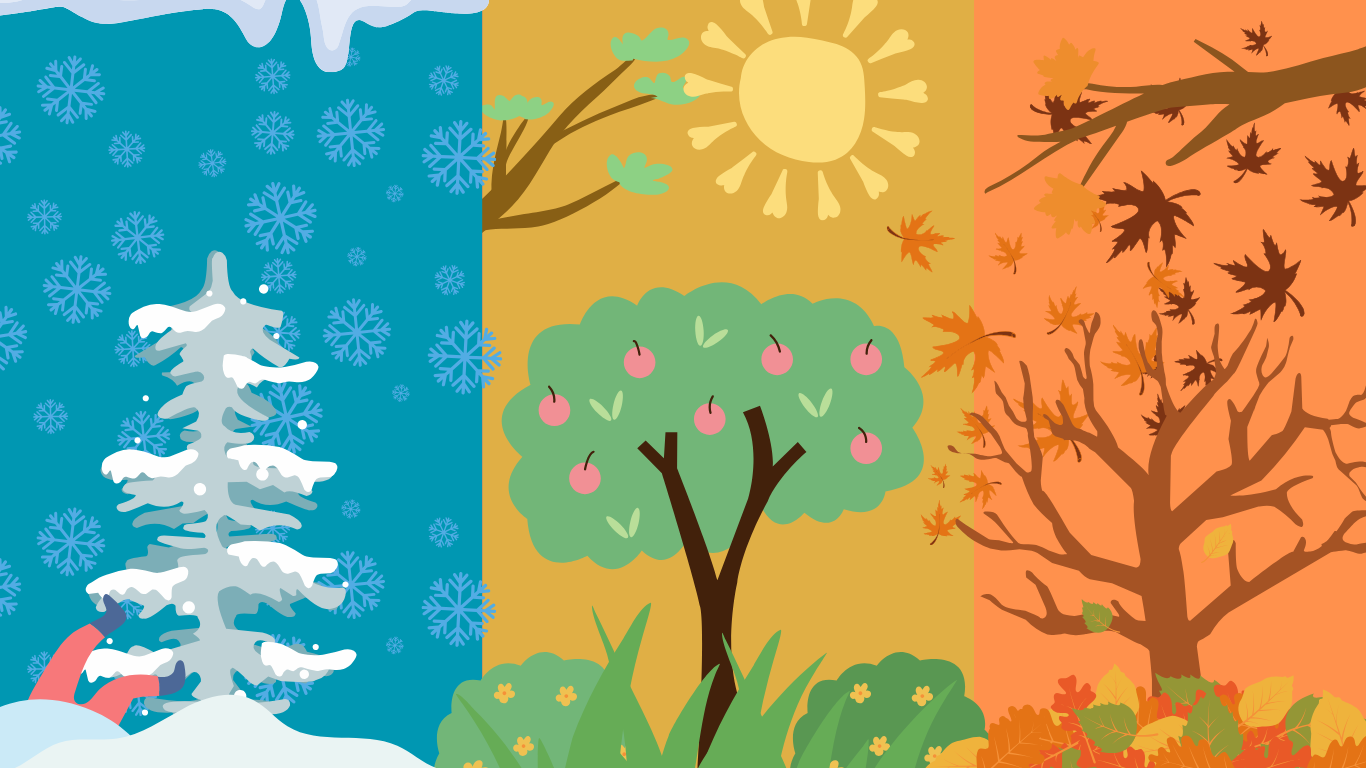Climate change is one of the most critical issues that the world is facing to date, and the question is whether it is getting better or worse. To assess the current state of climate change, we need to look at multiple indicators including greenhouse gas emissions, global temperatures, and the health of ecosystems.
For starters, global temperatures have been rising, with the last few decades being the warmest ever recorded. According to data from the National Oceanic and Atmospheric Administration (NOAA) and the Intergovernmental Panel on Climate Change (IPCC), the average temperature has increased by 1.2 degrees Celsius since the late 19th century. This warming is mostly caused by human activities, such as deforestation, burning fossil fuels, and industrial processes that release greenhouse gases like carbon dioxide and methane into the air. While some regions may experience temporary cooling or fluctuations, the overall trend in the temperature is still indicating significant warming and this poses a huge threat to weather patterns, sea levels, and biodiversity.
Secondly, while there have been efforts to reduce greenhouse gas emissions the progress hasn’t been enough. Many countries have committed to international agreements like Paris aiming to limit global warming to well below 2 degrees Celsius. Other countries also have made strides in transitioning to renewable energy sources, improving the efficiency of energy usefulness, and implementing policies to reduce emissions. However, global emissions are still on the rise, especially in developing nations that rely on fossil fuels. These inconsistencies show the challenges of balancing economic development with environmental health.
Finally, the impacts of climate change are becoming more and more obvious in ecosystems and communities worldwide. Extreme weather events such as droughts, tornadoes, hurricanes, and wildfires, are occurring more frequently and with greater intensity. These events not only threaten human lives but also mess up ecosystems, leading to loss of biodiversity and habitat destruction. Also, rising sea levels due to melting ice caps and thermal expansion of seawater pose a significant risk to communities that live on the coast.








